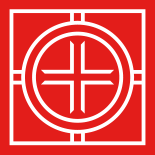-
1853
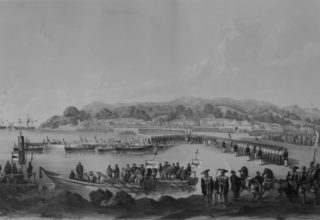
1853 - Arrival of Commodore Perry in Japan re-establishes discourse with the West
In 1852, Commodore Matthew Perry (1794-1858) was dispatched to Japan by U.S. President Millard Fillmore (1800-1874) to re-establish for the first time in over 200 years regular trade and discourse between Japan and the western world. On July 8, 1853, Perry sailed into Tokyo Bay. The Japan Perry encountered was a feudal and largely agrarian […]
-
1856
1856 - Japanese goods start to appear in Europe
After Japanese ports reopened to trade with the West in 1853, Japanese goods began to appear in Europe. Ukiyo-e prints had become so common in Japan that they were used as packaging materials for more valuable artifacts. In 1856, the French artist Felix Bracquemond (1833-1914) discovered Hokusai’s masterpiece The Hokusai Manga (1811) used as wrapping material […]
-
1861
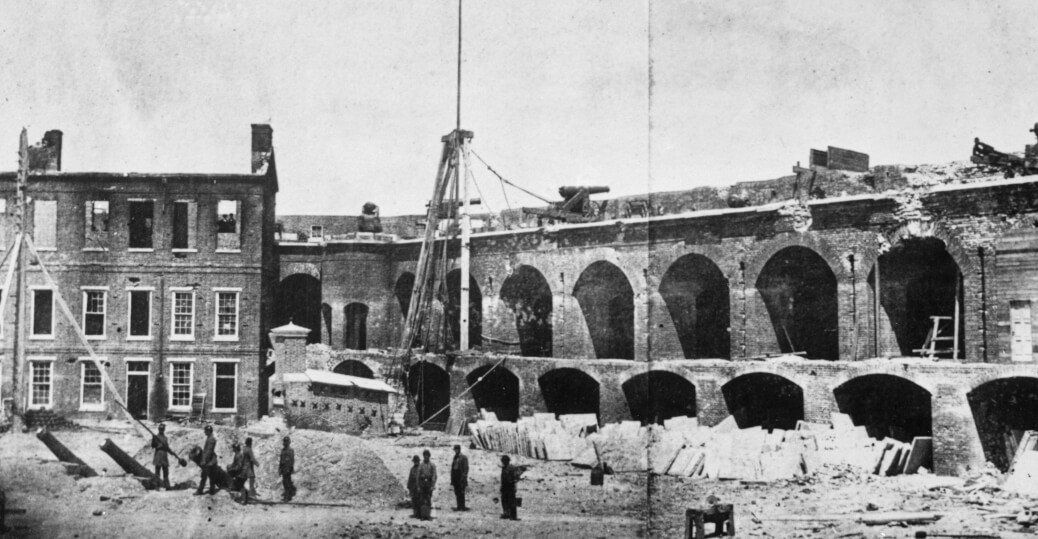
1861 - The American Civil War begins
Following the secession of several southern states from the Union, the American Civil War formally began on April 12, 1861, when Confederate shore batteries under General Pierre G.T. Beauregard opened fire on Union-held Fort Sumter in South Carolina’s Charleston Bay. Two days later, U.S. President Abraham Lincoln issued a proclamation calling for 75,000 militia to […]
-
1862
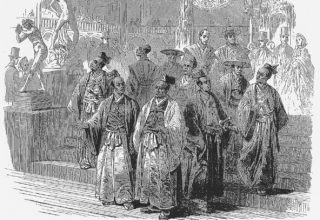
1862 - Japanese art and design on display at London International Exposition
In April 1862, in a bid to negotiate the postponement of the opening of Japanese cities and ports to foreign countries, the shogunate dispatched an embassy to the United Kingdom and five other European treaty partner countries, which had forced Japan to immediately open its ports to them. Led by Yasunori Takeuchi, governor of the […]
-
1863
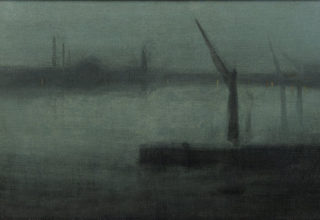
1863 - Whistler encounters Japanese prints in London
Working largely in Paris and London, the American artist James McNeill Whistler Whistler forged close relationships with the Impressionists and became known worldwide as a Japonisme artist. It is said that Whistler discovered Japanese prints in a Chinese tearoom near London Bridge. Whistler was profoundly inspired by Japanese art, adopting the Japanese principles of composition […]
-
1865
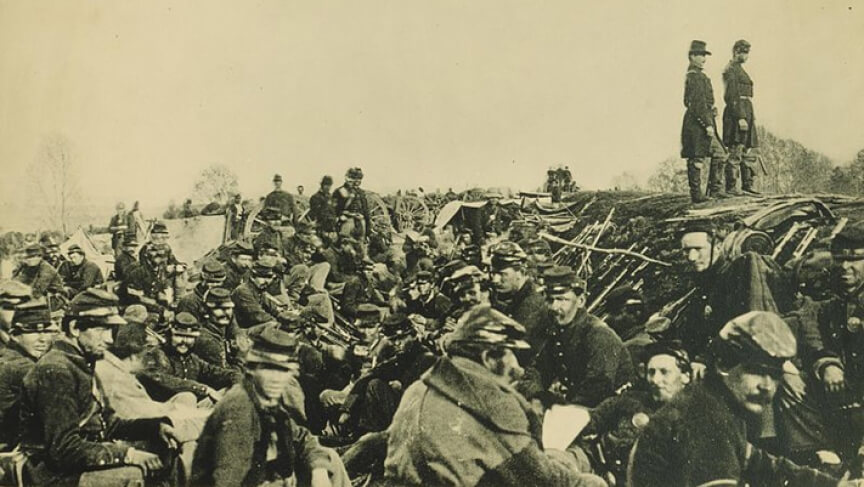
1865 - Close of the American Civil War
The Civil War officially ends on 9th April, 1865, when Confederate General Robert E. Lee surrendered to Ulysses S. Grant at Appomattox. Union soldiers entrenched along the west bank of the Rappahannock River at Fredericksburg, Virginia Photographed by Andrew J. Russel, between April 29 and May 2, 1863 Library of Congress Prints and Photographs […]
-
1867
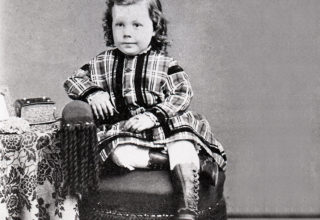
1867 - Frank Lloyd Wright is born
Frank Lloyd Wright was born in Richland Center, Wisconsin, on June 8, 1867. His father was William Carey Wright, a preacher and a musician, and his mother was Anna Lloyd Jones, a teacher whose extended Welsh family had settled the valley area near Spring Green, Wisconsin. Portrait of Frank Lloyd Wright at age 3 […]
-
1867

1867 - Japan officially participates in the Paris Exposition Universelle
Tokugawa Akitake, the younger brother of the shogun, was sent to France accompanied by 28 officials after being invited by Napoleon III. The Shogunate and the two provinces of Satsuma and Hizen mounted small-scale displays. Paintings, ukiyo-e prints, folding screens, swords, ceramics, sculptures and other artistic crafts were exhibited for Europe to see. Chinese […]
-
1868
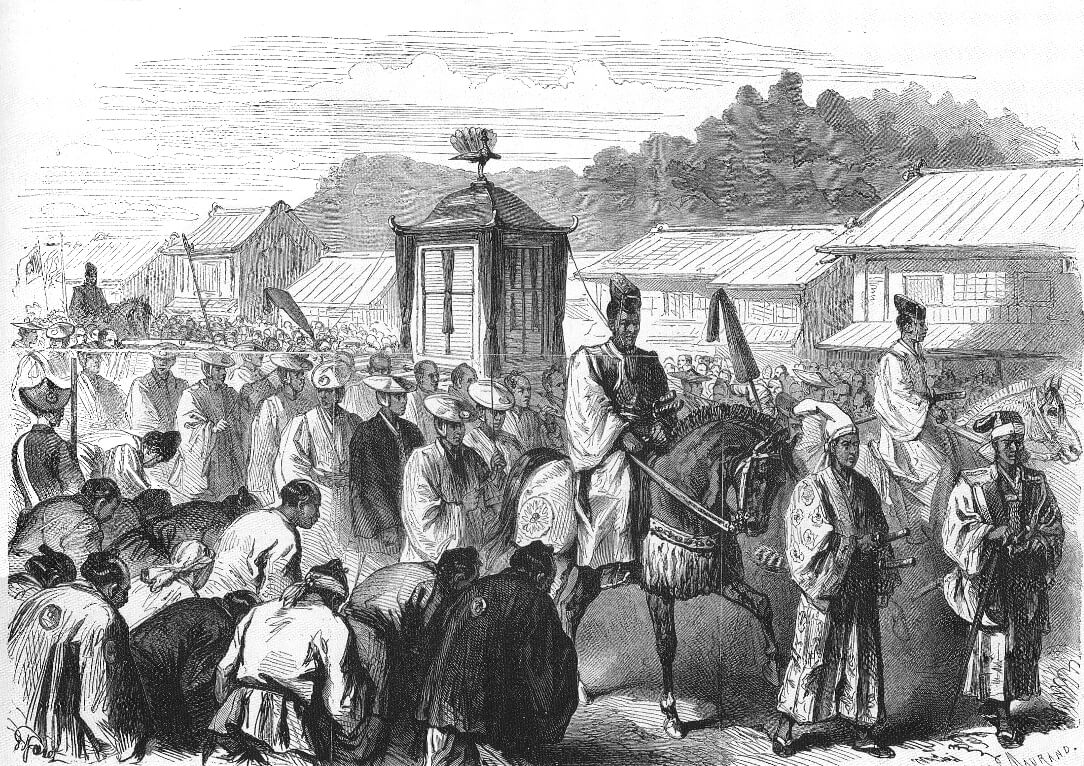
1868 - End of the Tokugawa Shogunate/Start of Meiji Restoration
The Meiji Restoration of 1868 in Japan saw the fall of the Tokugawa Shogunate, and the restoration of the Meiji emperor. Lasting until 1912, the Meiji Restoration, heavily influenced by Japan’s opening to Europe and the United States, saw the decline of the samurai warrior class and Japan’s emergence into the modern era. The […]
-
1873
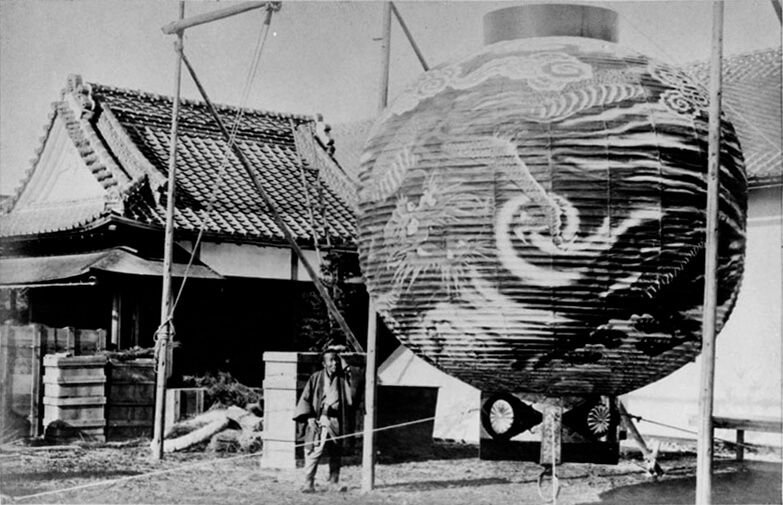
1873 - Japan participates in Vienna International Exposition
The Vienna International Exposition of 1873 was the first international exposition after the Meiji Restoration. The new government of Japan participated in order to promote a new Japan to the world. As part of the display, the government erected a Shinto shrine and a Japanese garden. At the Industrial Pavilion, Japan exhibited ukiyo-e prints and […]
-
1876
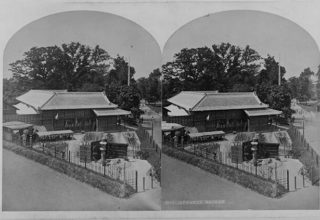
1876 - The Philadelphia Centennial Exhibition is America’s first major exposure to Japanese art and design
Although Japan was opened to foreign trade in 1854, it was not until the Philadelphia Centennial Exhibition of 1876 that the arts of Japan truly captured the attention of the American public. The Exhibition showcased a Japanese- style “dwelling” and a bazaar, which presented and sold the types of Japanese wares that would soon become […]
-
1876
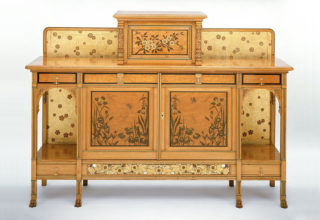
1876 - American designers begin to embrace Japanese aesthetics
In the years following the Civil War, American designers began to incorporate motifs and materials from exotic cultures. Elements of Moorish, Celtic, and Chinese design appeared in richly ornamented American interiors, decorative arts, and furniture. In the wake of the Philadelphia Centennial, American designers embraced the Japanese aesthetic. Japanese art and design was favored in […]
-
1876
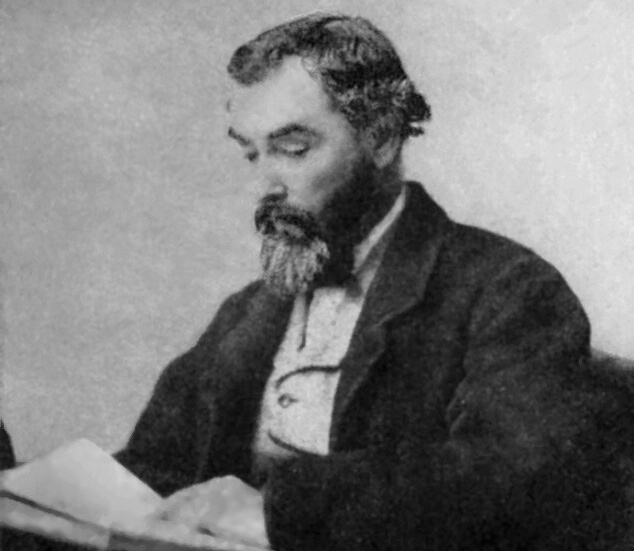
1876 - James Jackson Jarves publishes, “A Glimpse at the Art of Japan”
Born in Boston, MA, in 1818, James Jackson Jarves was a prominent author, critic, and art collector. An important contributor to American art scholarship, Jarves’ A Glimpse at the Art of Japan was one of the first serious American books published on Japanese art. Published at a time when many considered Japanese art a mere […]
-
1877
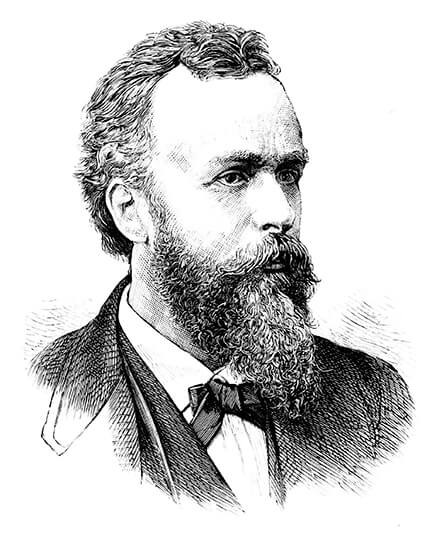
1877 - Edward S. Morse, an authority on Japanese design, first travels to Japan
A native of Maine, and a pioneer in the study of Japanese ceramics, zoologist Edward Sylvester Morse originally traveled to Japan to study brachiopods but became fascinated with porcelains and ceramics while there. His collections, which he later sold or donated to the Museum of Fine Arts, Boston and to the Peabody-Essex Museum in Salem, […]
-
1878
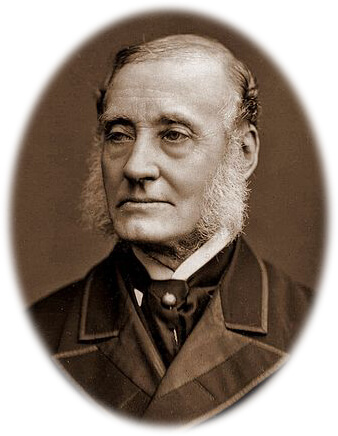
1878 - Rutherford Alcock publishes “Art and Art Industries in Japan”
British consul and diplomatist, Rutherford Alcock’s book attempted to provide a survey of Japanese art. In his book, Alcock writes, “… the range of true artistic work in its application to industrial purposes in Japan is very wide, and more varied than anywhere in Europe. There are a peculiar grace and delicacy, both of design […]
-
1882
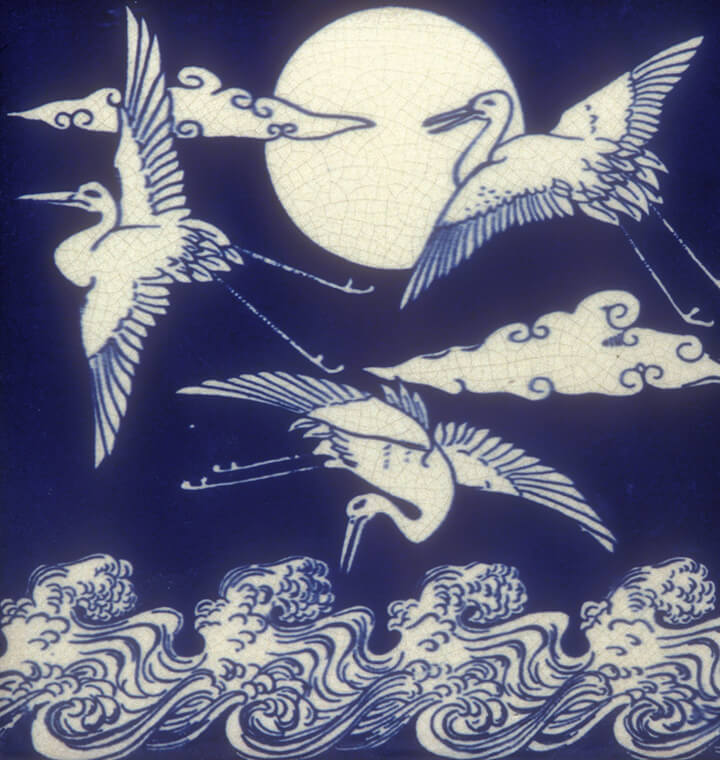
1882 - Christopher Dresser publishes, “Japan: Its Architecture, Art and Art-Manufactures”
British designer and theorist Christopher Dresser was another important figure in the dissemination art and culture in the United States. Having first experienced Japanese art at the London International Exhibition of 1862, Dresser traveled to Japan in 1876 on behalf of the U.K.’s South Kensington Museum, seeking new acquisitions for the museum’s collection. He recorded […]
-
1885

1885 - Wright assists Joseph Lyman Silsbee in the design of Unity Chapel, Spring Green, Wisconsin
The architect, Joseph Lyman Silsbee, is commissioned by Frank Lloyd Wright’s uncle, Jenkin Lloyd Jones, to design Unity Chapel in Spring Green, Wisconsin. Wright assists with the design of the small shingle chapel.
-
1886
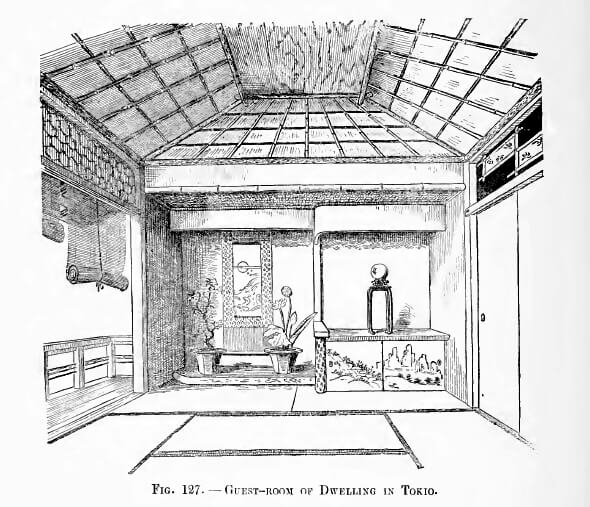
1886 - Edward S. Morse publishes, “Japanese Homes and their Surroundings”
As the most detailed source of information on Japanese domestic architecture available to Wright prior to his first visit to Japan, then, it seems that Japanese Homes may well have exercised a formative influence on his perception of the Japanese house—to the extent that by the time he finally saw the real thing in 1905 […]
-
1886
1886 - Wright attends the University of Wisconsin at Madison
In 1885, Wright began part-time employment with Allan D. Conover, a civil engineer and professor of engineering at the University of Wisconsin. Shortly thereafter, Wright enrolled as a special student in civil engineering at the university, where he would spend only two-and-a-half semesters.
-
1887

1887 - Wright moves to Chicago to become an architect
Frank Lloyd Wright’s architectural principles were forged in the pioneering environment of late-nineteenth-century Chicago. Arriving in 1887, Wright would spend the first thirty years of his career working in the city and its suburbs. Wright first secured a position in the office of Joseph Lyman Silsbee, whose “superior talent in design,” Wright stated, “had made […]
-
1888

1888 - Wright joins the architectural firm of Adler & Sullivan
The ambitious young Wright did not remain long with Silsbee’s firm. In early 1888 he secured a position with the prestigious architectural firm of Adler & Sullivan. The partnership produced many of Chicago’s earliest tall buildings and large commercial projects, including the famed Auditorium Building, which Wright would work on as a draftsman. Sullivan soon […]
-
1889

1889 - Wright builds his Oak Park Home
In 1889 Wright completed the construction of a small two-story residence in Oak Park on the Western edges of Chicago. The building was the first over which Wright exerted complete artistic control. Designed as a home for his family, the Oak Park residence was a site of experimentation for the young architect during the twenty-year […]
-
1893

1893 - World’s Columbian Exposition, Chicago
Looking back to the days following my graduation in architecture, after a year of drafting with my cousin [Dwight Perkins] I went into an informal partnership with another [Frank Lloyd Wright] of the Chicago school of architecture who had just started independent practice though he had in the meantime built several houses. But now the […]
-
1893
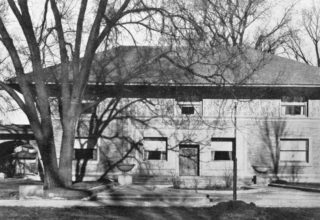
1893 - Wright establishes his own architectural practice
In 1893, Wright left his position as head draftsman at Adler and Sullivan, establishing his own independent practice with offices initially in downtown Chicago. It was in the suburbs surrounding Chicago that Wright found a receptive clientele for his work. Wright’s bold, simple architecture, unfettered by historical European styles, resonated deeply with middle class “American […]
-
1896
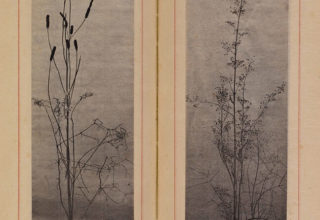
1896 - Wright designs “The House Beautiful” book for his friend and client, William Winslow
In 1896, Wright and his friend and client William H. Winslow collaborated on publishing a limited edition book of a sermon by the Unitarian Minister William C. Gannett, The House Beautiful. Gannett proposed that spiritual, intellectual, societal, and corporeal health could be augmented by a properly designed and furnished home. These ideals resonated with Wright, […]
-
18971898

1897-1898 - Wright designs his Oak Park Studio
In 1898 Wright built a new Studio wing connected to his Oak Park Home. Throughout the Studio the rooms featured artful arrangements of decorative objects, including Japanese prints, along with architectural models and drawings that served as a backdrop for the creative work that would go on in the building. Wright’s home, with its integration of […]
-
1901
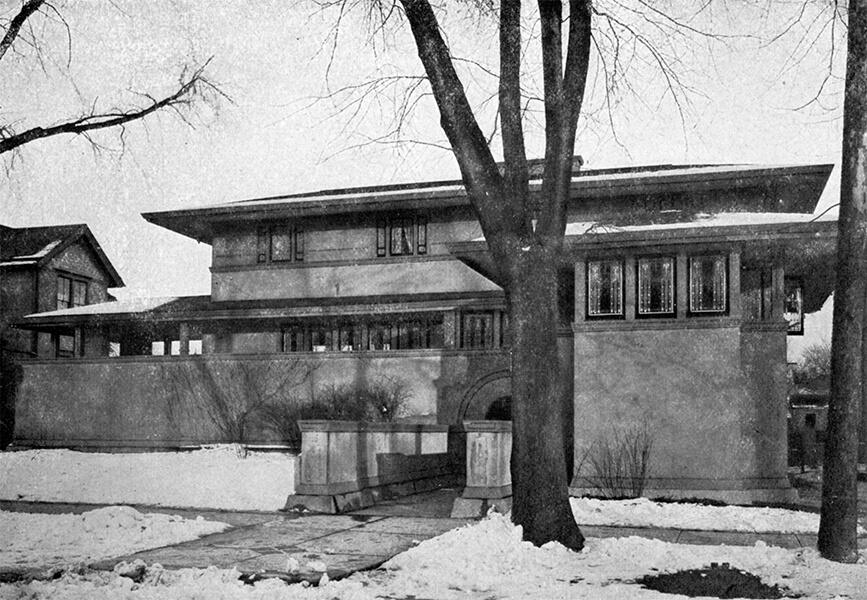
1901 - The first Prairie houses emerge
Over the course of the 1890s Wright worked to realize his vision for the new American home. Drawing on a vast range of influences prevalent in the waning years of the 19th Century, from the British Arts and Crafts movement, to Japanese art and architecture, Wright’s vision for a modern American architecture began to coalesce […]
-
1905

1905 - Wright travels to Japan for the first time
In February of 1905, Wright made his first journey to Japan. During his trip, Wright experienced firsthand the architecture of local temples, shrines, gardens and residences. He documented these buildings and landscapes in an extensive photographic record of his time in the country. The images are the only existing photographic record of Wright’s travels. In […]
-
19051908

1905-1908 - Wright designs Unity Temple
The chief thing at Wright’s is of course Unity Church, the sketches of which are at last accepted. We have all pleaded and argued with the committee, until we are well-nigh worn out. All hands are working on the drawings. Charles E. White, letter to Walter Wilcox, 1906 A monolithic structure of exposed cast concrete, […]
-
1906
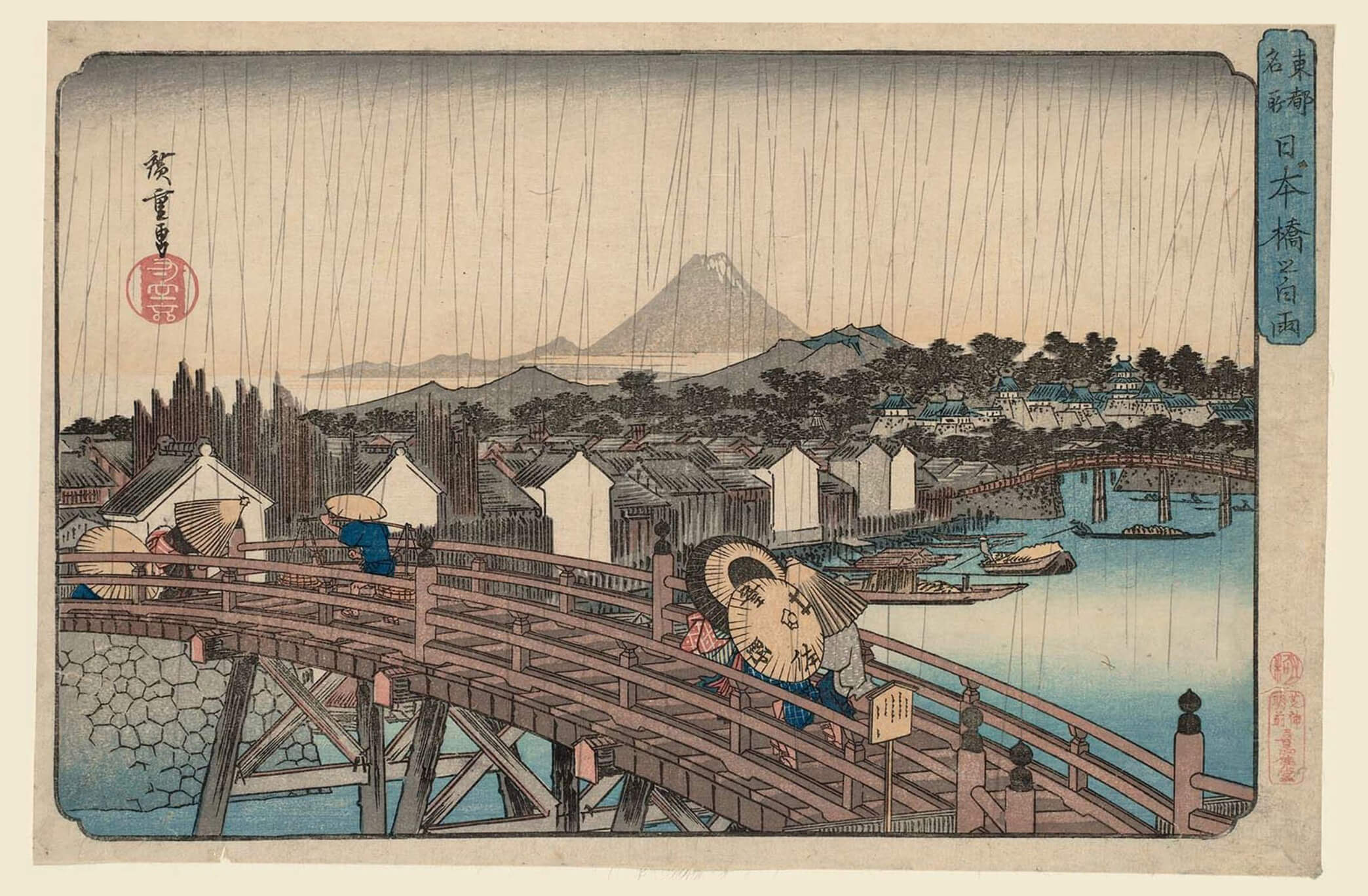
1906 - Wright curates first Hiroshige exhibition in US
In the spring following his travels in Japan, Wright presented an exhibition of prints by the artist Utagawa Hiroshige (1797–1858), at the Art Institute of Chicago. Hiroshige was one of the great masters of the Japanese woodblock print, and was an artist whom Wright pursued from the beginning of his print-collecting career. Titled, Hiroshige: An Exhibition […]
-
1908
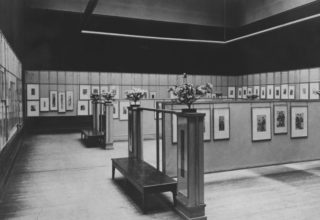
1908 - Wright plays major role in important Japanese print exhibition at the Art Institute of Chicago
In 1908, Wright participated in a second, larger exhibition at the Art Institute, featuring prints from his own collection along with works owned by major collectors, John H. Wrenn, Clarence Buckingham, Frederick W. Gookin, and J. Clarence Webster. Titled, A Loan Exhibition of Japanese Color Prints, the exhibition ran from March 5th through March 28th. Wright […]
-
19081910

1908-1910 - Wright designs the Frederick C. Robie House
Completed in 1910, the house Wright designed for Frederick C. Robie is the consummate expression of his Prairie style. The house is conceived as an integral whole—site and structure, interior and exterior, furniture, ornament and architecture, each element is connected. Unrelentingly horizontal in its elevation and a dynamic configuration of sliding planes in its plan, […]
-
19091910
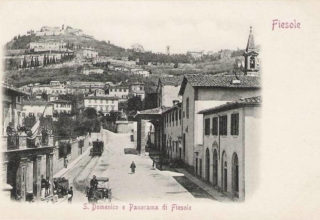
1909-1910 - Wright spends a year abroad in Europe
In October of 1909, with construction under way on the Robie house, Wright left America for Europe. Traveling with Mamah Borthwick, the wife of one of his clients, Wright spent a year abroad working on the publication of the Wasmuth Portfolio, a substantial monograph of his buildings and projects to date. While Wright traveled extensively […]
-
1911
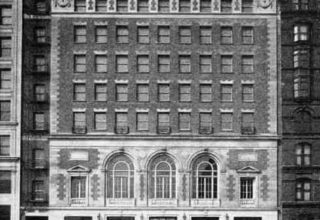
1911 - Wright re-establishes his Chicago practice
Despite closing his Oak Park Studio, Wright recognized the importance of Chicago as a major metropolitan area with a progressive client base. In 1911, the architect established a new office in the city at Orchestra Hall in downtown Chicago.
-
1911
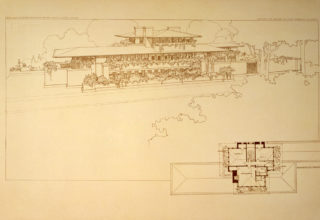
1911 - “Ausgeführte Bauten und Entwürfe von Frank Lloyd Wright” is published
In the fall of 1909, with construction underway on the Robie House, Wright left America for Europe to work on the publication of a substantial monograph of the buildings and projects designed during his Chicago years. The result was the Wasmuth Portfolio of 1911, which introduced Wright’s work to Europe and influenced a generation of […]
-
1911
1911 - Wright is first recommended for the Imperial Hotel Commission in Tokyo
My dear Wright: Do you remember that when I saw you last I asked you how you would like to design a new building for the Imperial Hotel at Tokyo? Well, I wrote a long letter to Mr. Hayashi urging him that you were the right man for him to select as his architect. Today […]
-
1912
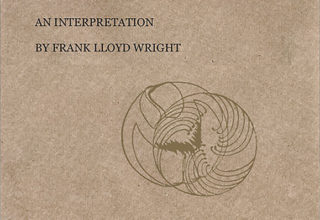
1912 - Wright publishes “The Japanese Print, An Interpretation”
Published in 1912, Wright’s book, The Japanese Print, An Interpretation, offers an analysis of the print in its cultural milieu. The theories set forth in text can be read as a statement about Wright’s approach to architecture. During his Oak Park years, Wright achieved in his buildings the qualities he admired most in the Japanese […]
-
1913
1913 - Wright travels to Japan to secure the Imperial Hotel Commission
I am sailing for Japan tomorrow in search of the commission of consulting architect for the new Imperial Hotel, which the government is to build and operate. I have been in touch for some time—almost six months. The Mikado’s death postponed affairs and now I have the tip to come. The building is to cost […]
-
19131914
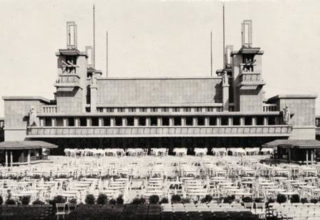
1913-1914 - Wright designs Midway Gardens on Chicago’s South Side
In 1913, Wright was approached by Edward Waller Jr., the son of one of his early clients, who informed him, “I want to put a garden in this wilderness of smoky dens, car-tracks, and saloons.” Designed and built over the course of the next year, Midway Gardens was an entertainment complex featuring indoor and outdoor […]
-
19171923
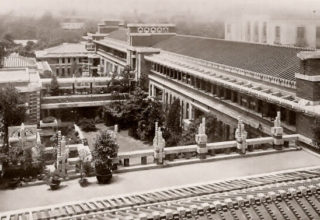
1917-1923 - Wright designs the Imperial Hotel, Tokyo
In this structure is not to be found a single form distinctly Japanese; nor that of any other country; yet in its own individual form, its mass, and subsidiaries, its evolution of plan and development of thesis; in its sedulous care for niceties of administration, and for the human sense of joy it has expressed, […]
